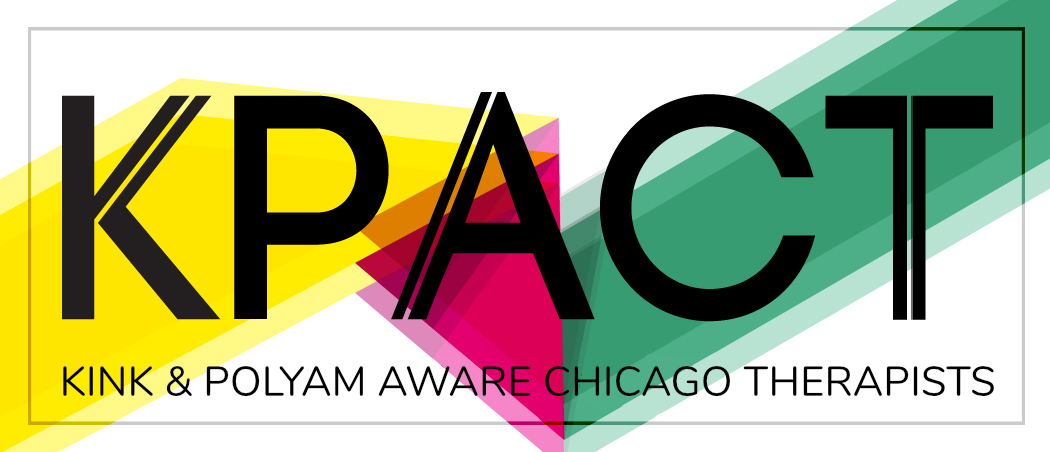
Santiago Delboy, MBA, LCSW, S-PSB, is a colleague and friend of KPACT, who brings insight and thoughtfulness to his work and collaboration. We are pleased to share some of his writing. This post appears in Santiago Delboy’s blog, which can be found here.
I believe attachment theory provides a fundamental framework to understand the issues our clients bring to therapy. In 2015, I attended a lecture by David Wallin, author of Attachment in Psychotherapy. He emphasized the importance for therapists to be aware of their own attachment style, and how that might impact the therapeutic alliance. I think this was a powerful lecture, so I wanted to share some points he made and my thoughts about it.
Wallin’s starting point is that, for psychotherapy to work, therapists must provide a secure base to their clients. This requires the development of a sense of security and trust in the relationship. Therapists ought to take a relational stance and be willing to actively engage and struggle in the development of a relationship with their clients.
The therapist’s attachment style
As therapists, our ability to provide a secure base depends on the self-awareness about our own attachment style, and on the personal work we have done to process our own attachment history. The healing potential of therapy, Wallin added, “is ultimately determined by the interaction of the attachment patterns of patient and therapist.”
Our attachment patterns define the ways we perceive and relate to the world. It is through our attachment style that we interpret and relate to the subjective experience of our clients. Therapists need to be mindful of how their attachment patterns emerge in psychotherapy, as well as become willing to use these patterns as the relationship unfolds. This is an intrinsic part of developing a relationship, making it very important not only to be mindful about what’s unfolding, but to be willing and able to talk about it.
Different attachment styles will define different ways in which therapists will approach the clients they treat:
- Therapists in a secure state of mind, Wallin suggests, access a wide range of experience in themselves and in the client, and are mindful of feelings, ideas and bodily reactions.
- Therapists in a dismissive state will likely tend to focus on thoughts rather than feelings, and avoid developing intimacy with their clients to avoid being rejected or controlled.
- Therapists in a preoccupied state may tend to merge or over-identify with their client, have difficulties setting boundaries and avoid conflict to avoid being abandoned.
- Therapists in an unresolved state would be more likely to find themselves fluctuating between victim and rescuer roles; they may avoid approaching trauma or push clients to face it prematurely.
In my experience, it is clear that my personal attachment style impacts the relationship I develop with my clients. This includes elements like my level of comfort with emotional dependence, my openness to express affection within boundaries, and my ability to empathize with aspects of their family of origin experience.
While there is some consistency on how I relate to clients, it is clear that different clients activate different parts of my attachment system. Some trigger parts of my secure system, others my own anxiety and detachment. This is why I prefer to think of flexible and situation- and person-dependent attachment states, rather than believing we have a fixed attachment style.
Therapists need to recognize their own enactments
Wallin defined enactments as whatever cannot or will not be expressed in words, which will be enacted in our relationships with others. These enactments are present in our clients’ interpersonal relationships, including the one they develop with their therapist. However, Wallin encourages therapists to be aware of their own enactments as well. The therapists’ repressed memories will be expressed as actions in the relationships with their clients.
As psychotherapists, becoming aware of our own enactments can help us recognize how our attachment patterns might be getting in the way of developing a healing relationship with our clients, keeping them from experiencing a secure attachment in treatment. That said, therapists’ enactments are also opportunities to access aspects of the therapist and the client’s experience that might be “missing” or dissociated from the relationship.
Wallin described two types of enactments:
- Collusions represent a denial, by both therapist and client, of aspects of the relationship that they find scary. Examples of collusion may include being reluctant to discuss trauma, rescuing instead of confronting, and repeating relational patterns that remain unspoken. Collusions become an obstacle for intimacy in the therapeutic relationship, as therapist and client engage in what Wallin calls “pseudotherapy.”
- Collisions, a second type of enactment, unveil what collusions are trying to conceal, particularly as the collusion has remained unnoticed for a long time. They can also emerge when disruptions in the relationship are not acknowledged or are not adequately repaired.
What can therapists do?
Wallin highlights the importance of self-awareness and mindfulness in order to identify and understand the motives and meanings underlying the way we relate to our clients. However, as countertransference is embedded in this self-analysis, he also emphasizes the need for personal therapy and for ongoing consultation and supervision.
*************************
As therapists, we need to identify and understand how our own attachment patterns play out in the relationship with our clients. If we do not do that, we are limiting their opportunities for healing, growth and change. I do not believe we can ask our clients to do things we are not willing to do ourselves.

